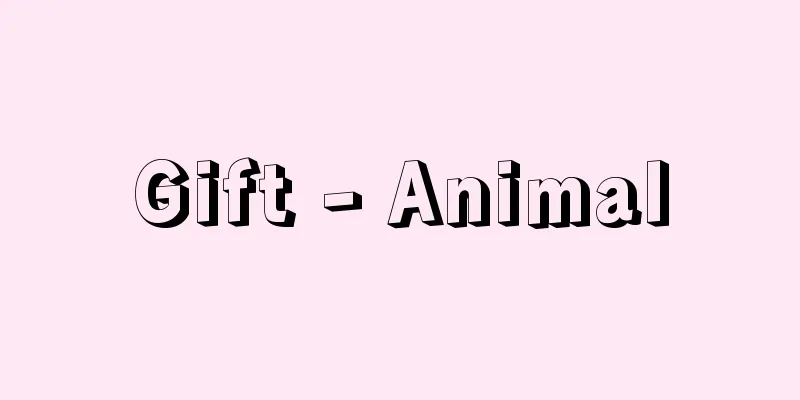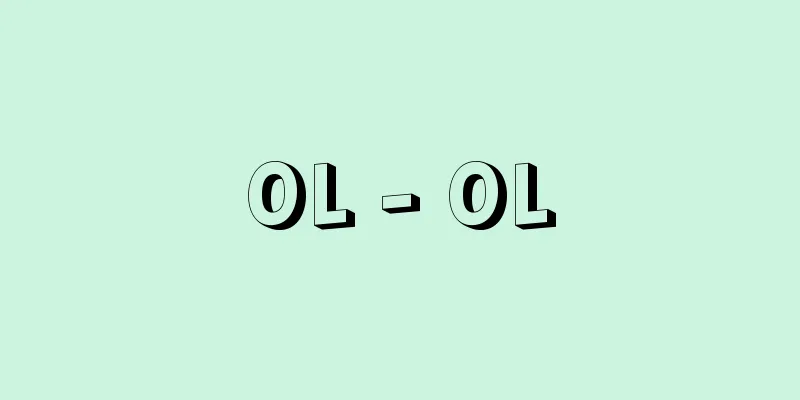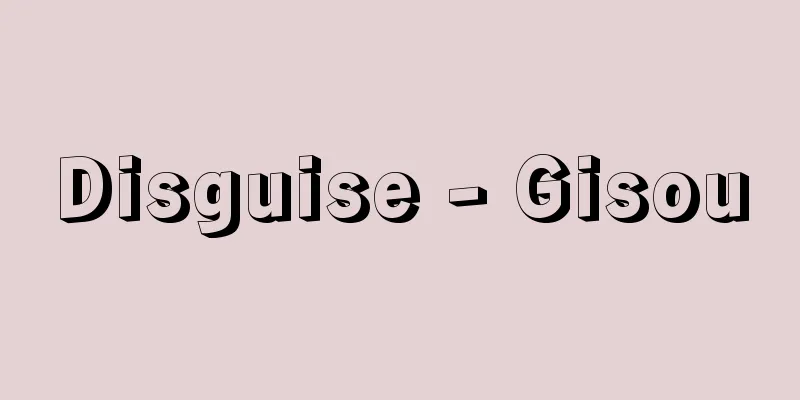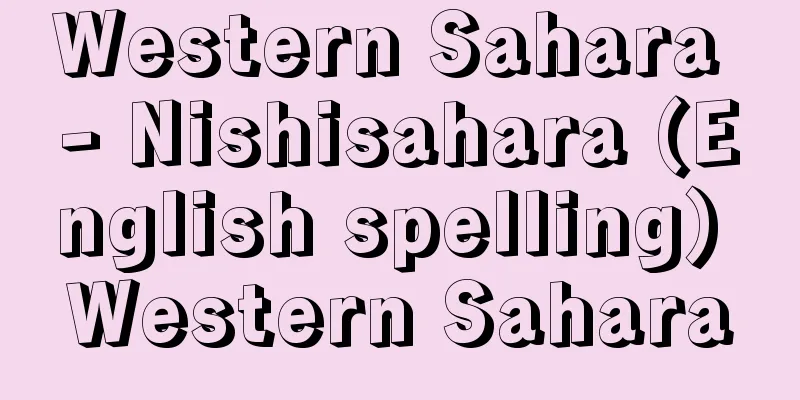Gift - Animal

|
An educational toy (gangu) for infants created by the German educator Froebel in 1837. It was named Gabe (German) because it was a gift from God, a tool suited to nurturing the creativity inherent in humans, who are born in the image of God the Creator. At the start of the Meiji period, when kindergartens were established in Japan, Froebel's theory on early childhood education was introduced, and in 1876 (Meiji 9) Seki Shinzo, the supervisor (principal) of the kindergarten attached to Tokyo Women's Normal School, translated Gabe as "gift." Unlike standard toys that are made to imitate the real thing, all 20 types are made of materials such as building blocks such as cubes and rectangles, boards, sticks, strings, paper cutting, folding paper, and origami. They are toys that can be used to create various things, with simple but basic shapes. Using any type of gift, children can acquire basic concepts for recognizing objects such as numbers, shapes, sizes, and colors. By creating various familiar objects, children can gain a wide range of knowledge about life, such as their names and uses. Furthermore, by creating various patterns, children can learn and feel beauty. Parents and kindergarten teachers should watch over children's activities with the gifts and provide appropriate advice and encouragement so that children can freely use the gifts and have fun while developing rich experiences in each aspect of cognition, life, and beauty. Formalism emerged, in which children were forced to operate the gifts according to the teacher's instructions, and criticism of the gifts arose, but the original philosophy is widely accepted. [Masaaki Okada] [Reference] |Source: Shogakukan Encyclopedia Nipponica About Encyclopedia Nipponica Information | Legend |
|
ドイツの教育学者フレーベルが1837年創作した乳幼児用の教育玩具(がんぐ)。造物主としての神の似姿として生まれる人間に内在する創造性をはぐくむにふさわしい道具として、神の恩恵を得て賜ったものという意味から、ガーベGabe(ドイツ語)と名づけられた。明治の初め、日本で幼稚園が創設されるにあたり、フレーベルの幼児教育論が紹介され、1876年(明治9)東京女子師範学校附属幼稚園監事(園長)関信三によってガーベが恩物と訳された。 実物を模して製作される定型玩具と異なり、20種類のすべてが、立方体、長方体などの積み木的なもの、板、棒、紐(ひも)、切り紙、畳み紙、折り紙など素材的なものである。単純ではあるが基本的な形のもので、それらを使って多様なものをつくりだすことのできる玩具である。いずれの種類の恩物を用いても、数、形、大きさ、色など対象を認識する基本的な概念を得ることができる。また、身近ないろいろなものをつくりだすことによって、それらの名称、用途など広く生活の知識を得ることができる。さらに、いろいろな模様をつくることによって美しさについて知り、感じることができる。恩物を自由に用いて楽しく遊びながら、しかも、認識、生活、美の各面について豊かな経験が展開するよう、親、幼稚園教師は、子供の恩物による活動を見守り、適切な助言と励ましを行うことが必要である。教師の指示どおりに恩物を操作させたりする形式主義が現れ、恩物批判がおこったが、本来の理念は広く認められている。 [岡田正章] [参照項目] |出典 小学館 日本大百科全書(ニッポニカ)日本大百科全書(ニッポニカ)について 情報 | 凡例 |
>>: Ombudsman - Onbuzuman (English spelling) ombudsman
Recommend
funduq
…The second was used as an office for wholesale m...
Ecole exégétique (English)
…The Commentary School of Law spread throughout E...
Strelitzia alba (English spelling)
…[Ichiro Sakanashi]. … *Some of the terminology t...
Empress Jitō
An emperor of the Hakuho period. The 41st emperor...
Bierut, B. (English spelling) BierutB
...Criticism of nationalistic bias became widespr...
Istiophorus albicans
…[Toru Taniuchi]. … *Some of the terminology that...
House mouse (Mus musculus) - House mouse (English spelling)
Also known as mice, they belong to the rodent fami...
Young, C.
…The protagonist of the newspaper comic strip of ...
Ministry of Foreign Affairs - Takumusho
This was the central government agency that manag...
Kanjuro Matsunami
A financial leader in the mid-Edo period. His rea...
Gynogenesis
...And even if the sperm of other subspecies of c...
Malachite - Peacock stone
Malachite is also called malachite. Its chemical c...
Koto score - Kinfu
...In China after the Xinhai Revolution, the use ...
Obiita - Obiita
〘noun〙① A belt-shaped board. ② A piece of material...
Mieszko II
...Although Poland was considered to have establi...









